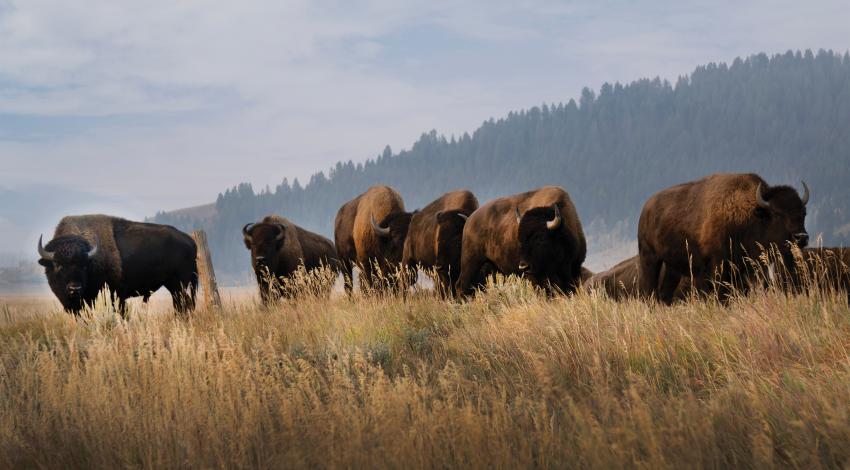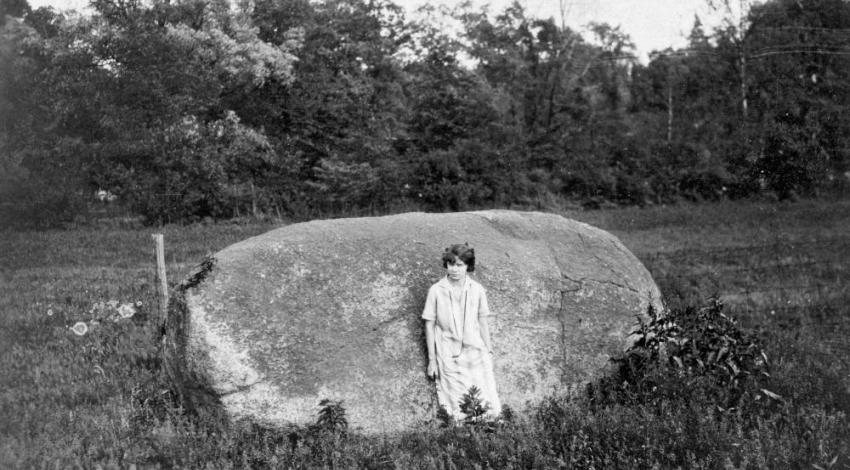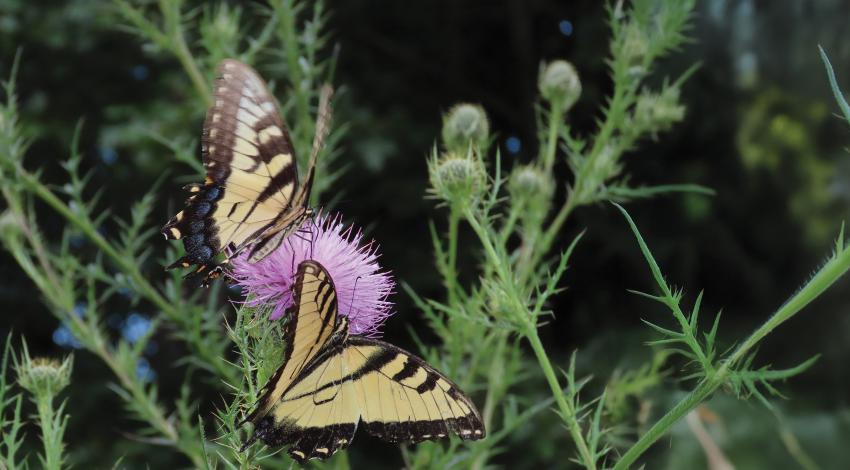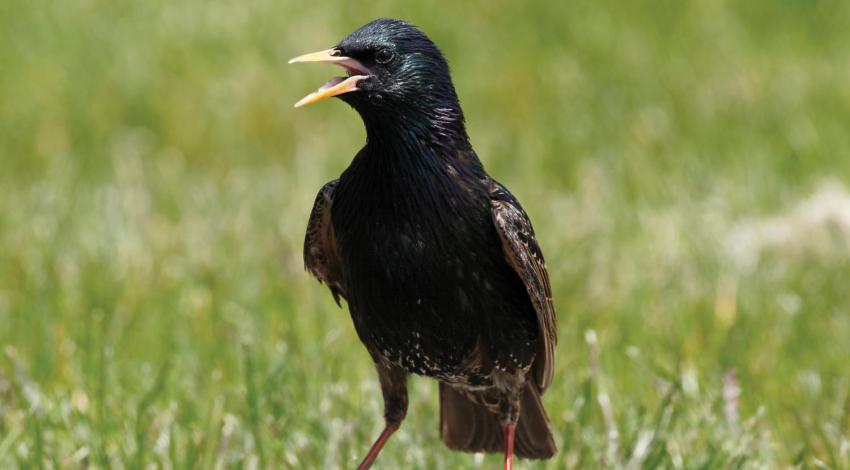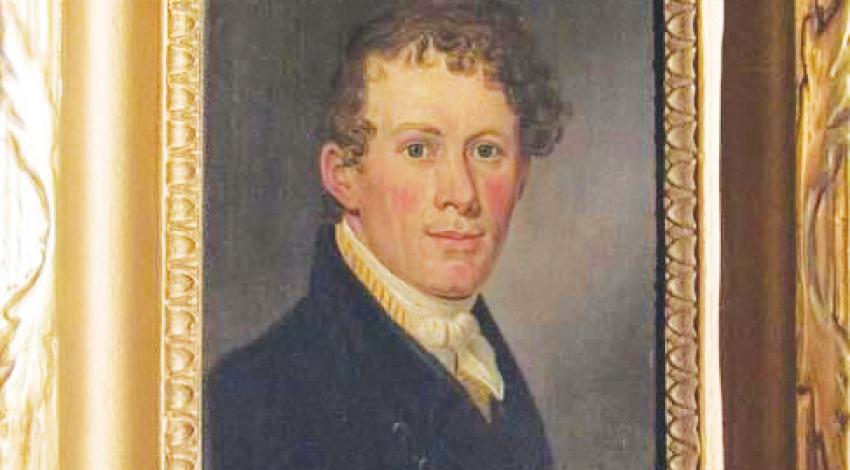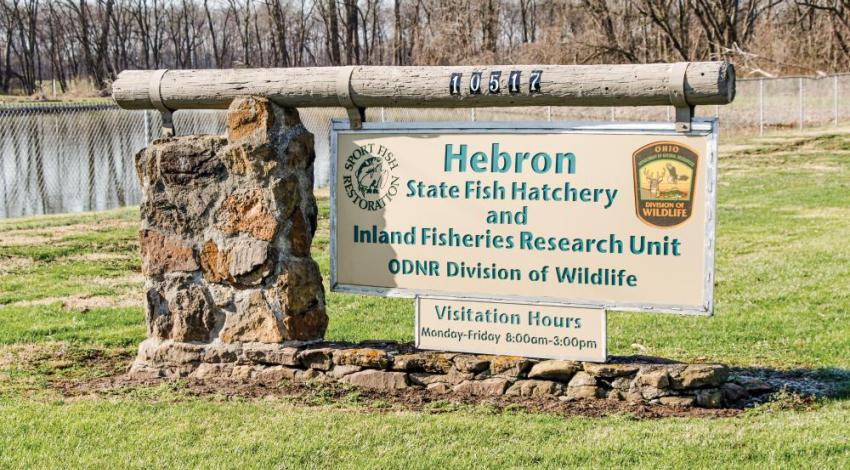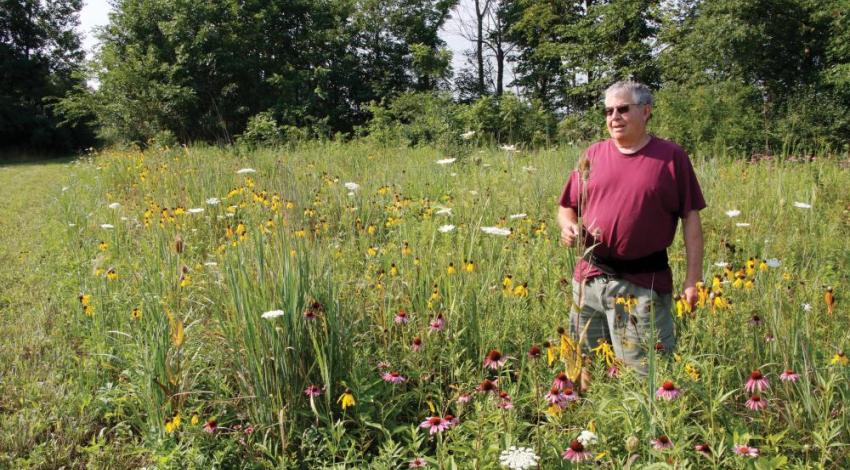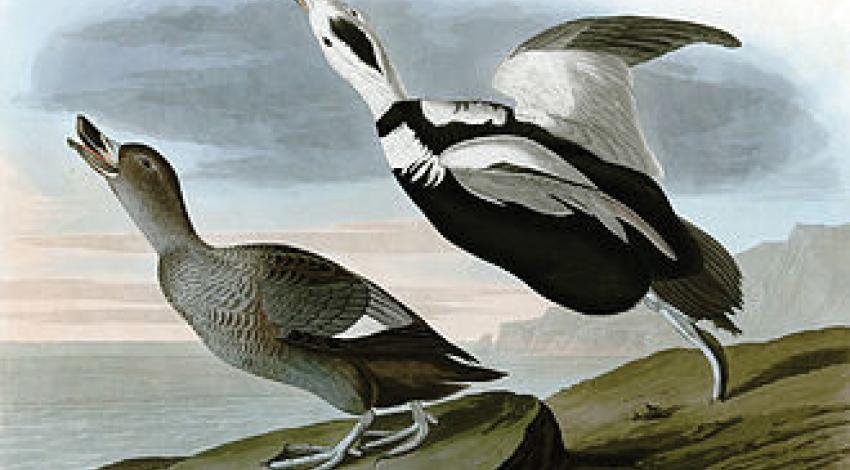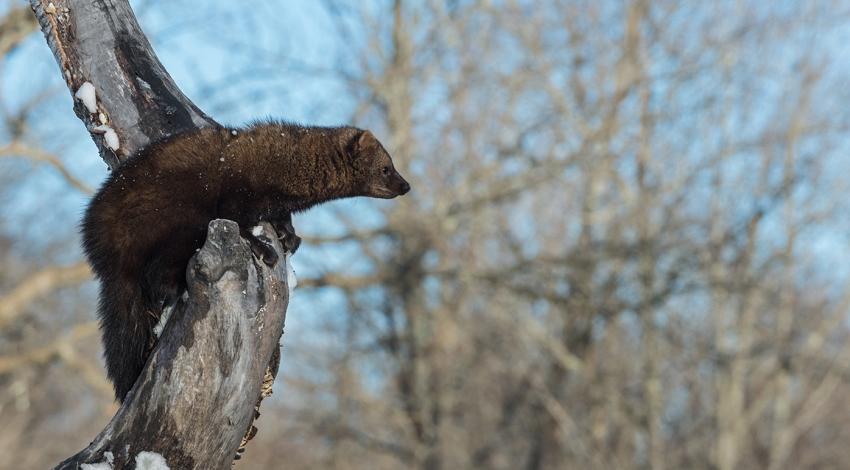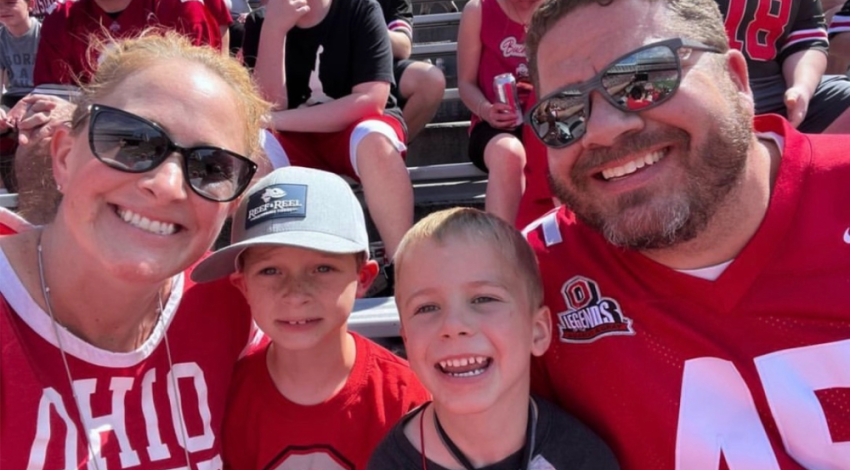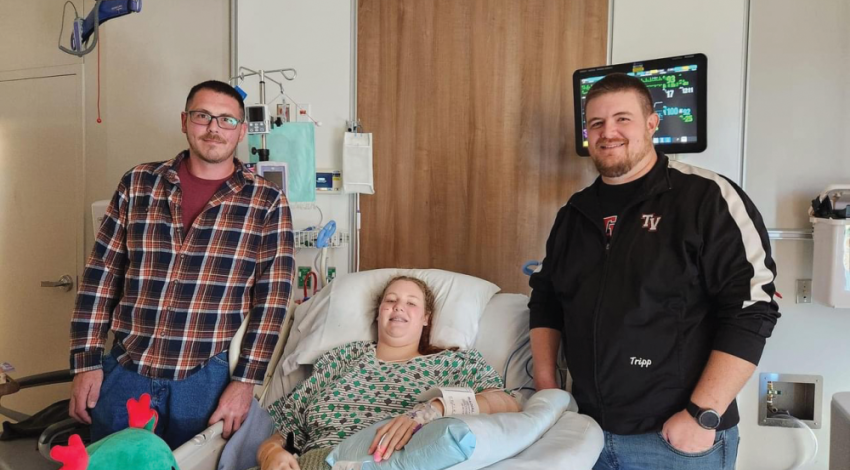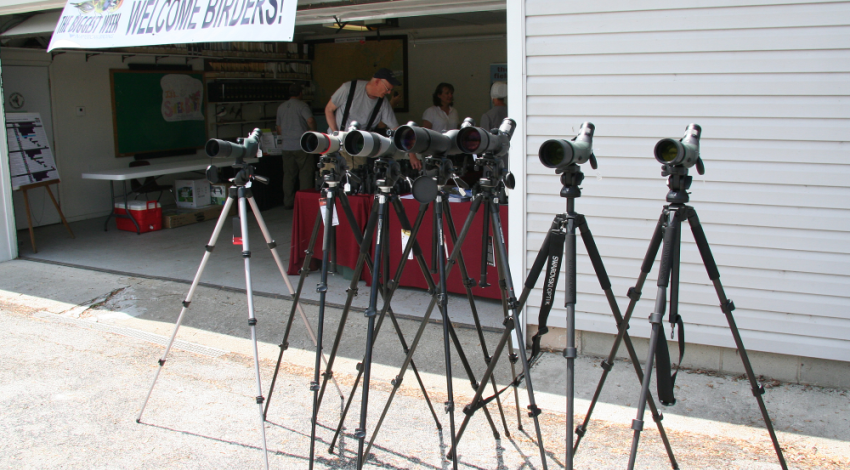Before the 19th century, wild buffalo (bison) dominated the North American continent — with individual herds covering 400 square miles or more and taking days to ride through on horseback. It’s estimated the bison population was more than 60 million at its peak.
“Buffalo herds in the East were never huge, never teeming, never rivaling the truly vast herds that thundered across the Great Plains until the latter half of the 19th century,” Belue says. “Eastern buffalo herds often numbered 100 head or less, and droves of fewer than 20 were common.”
